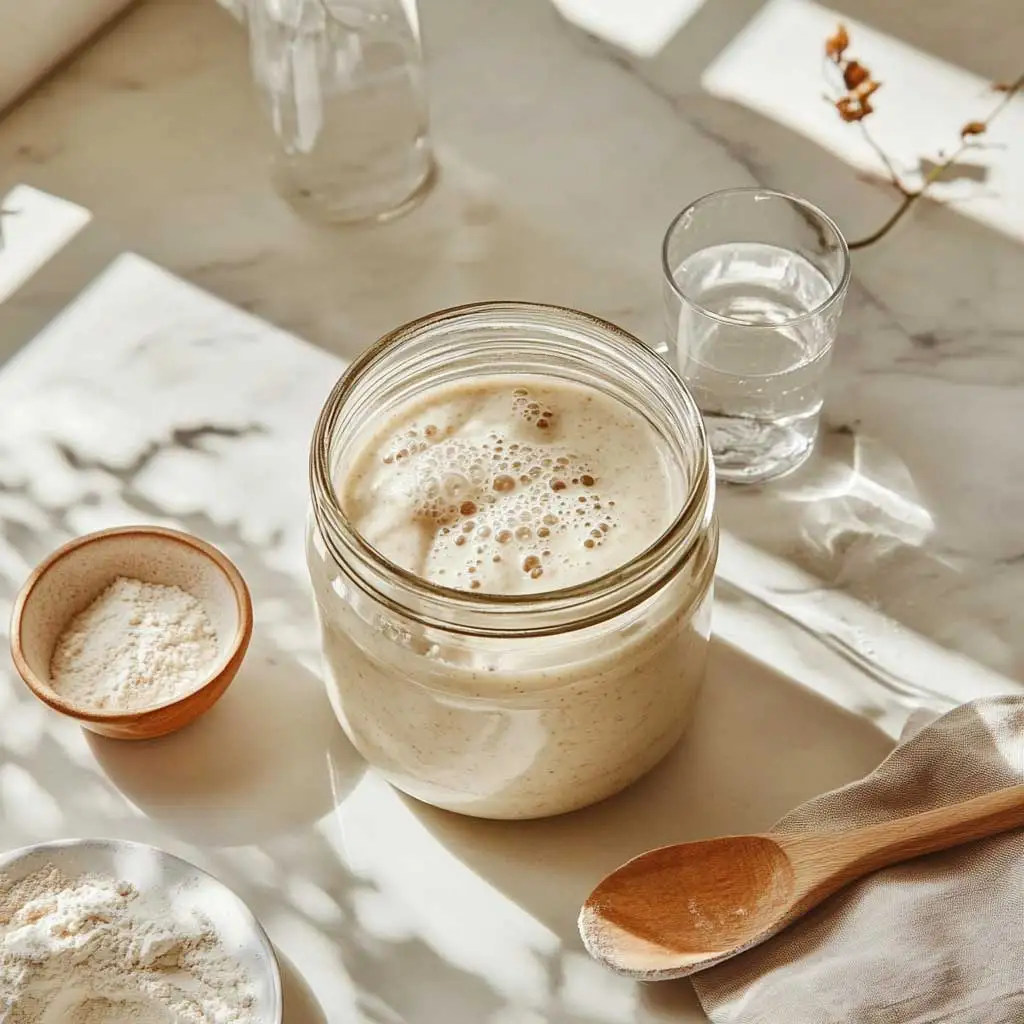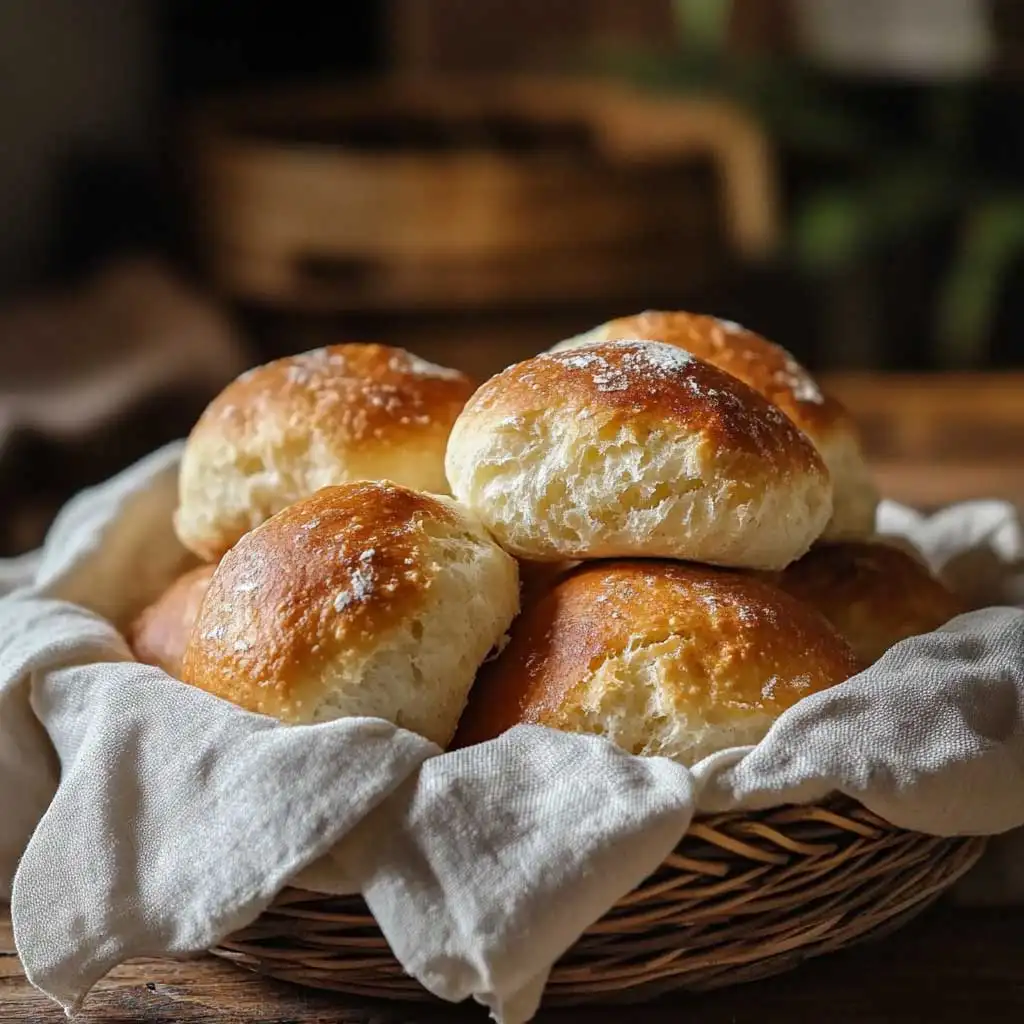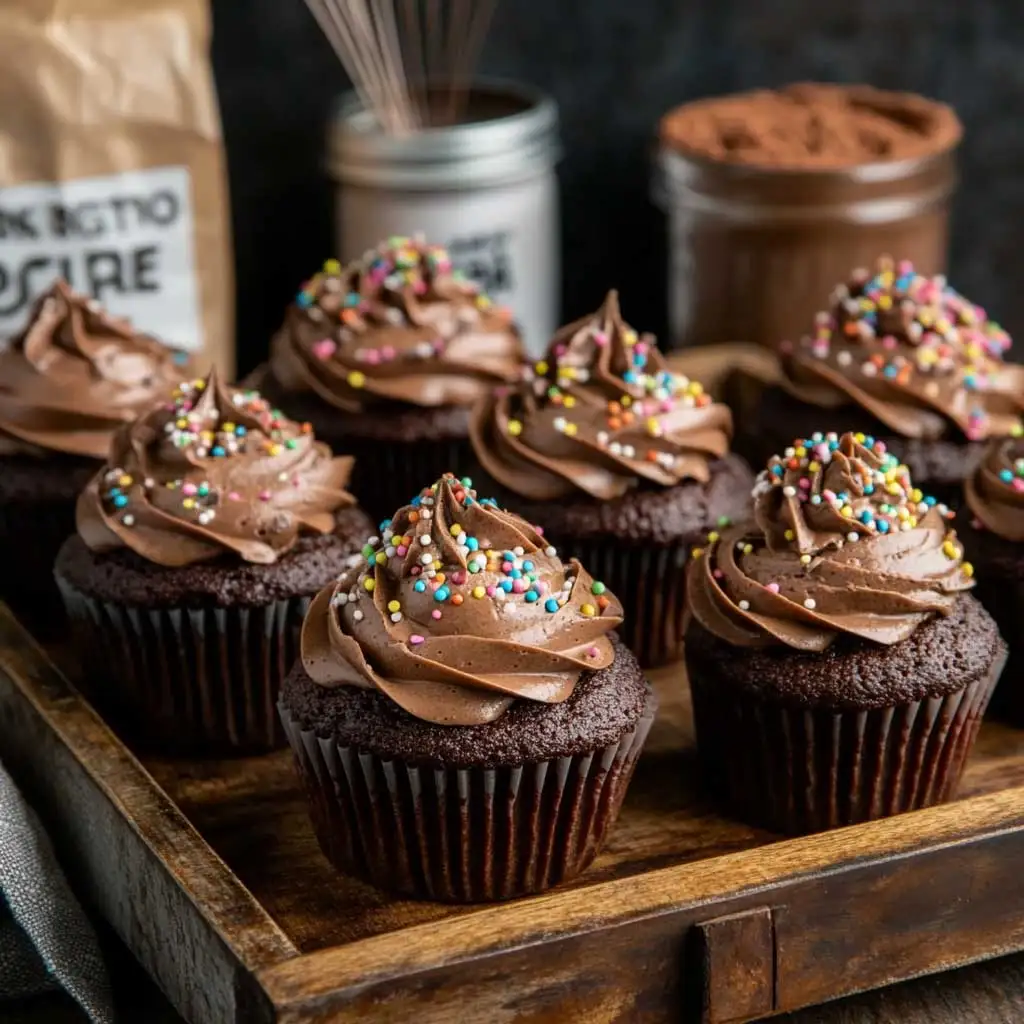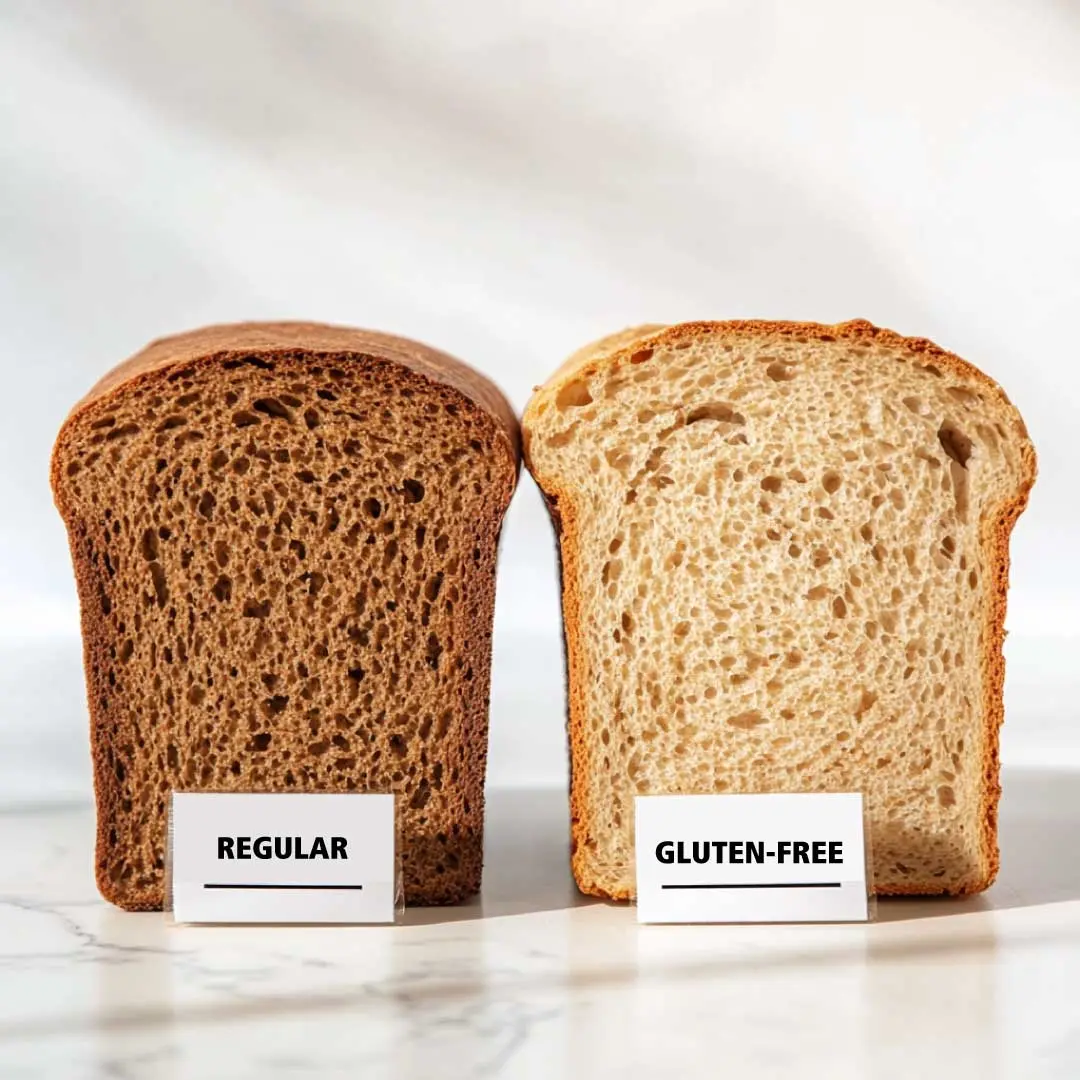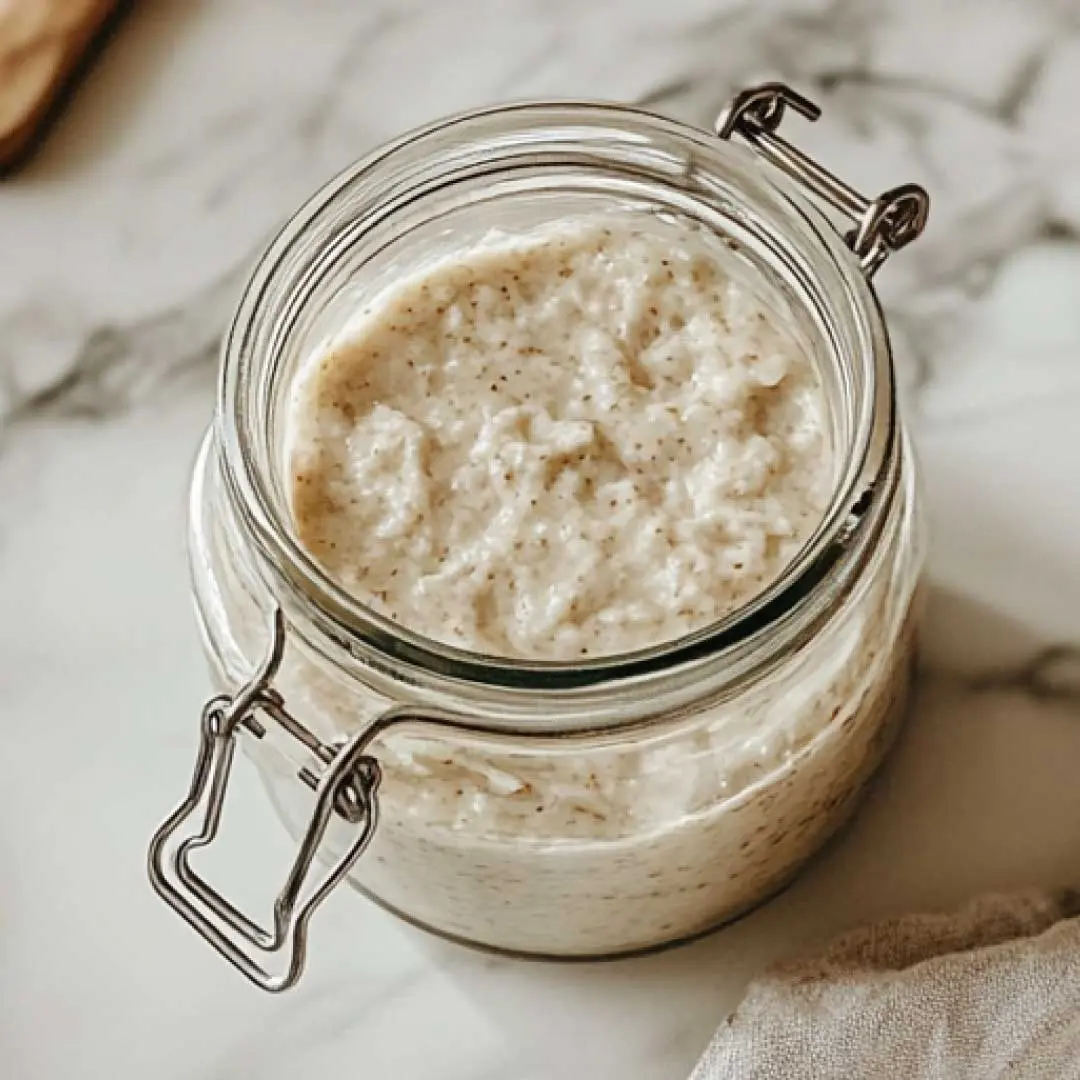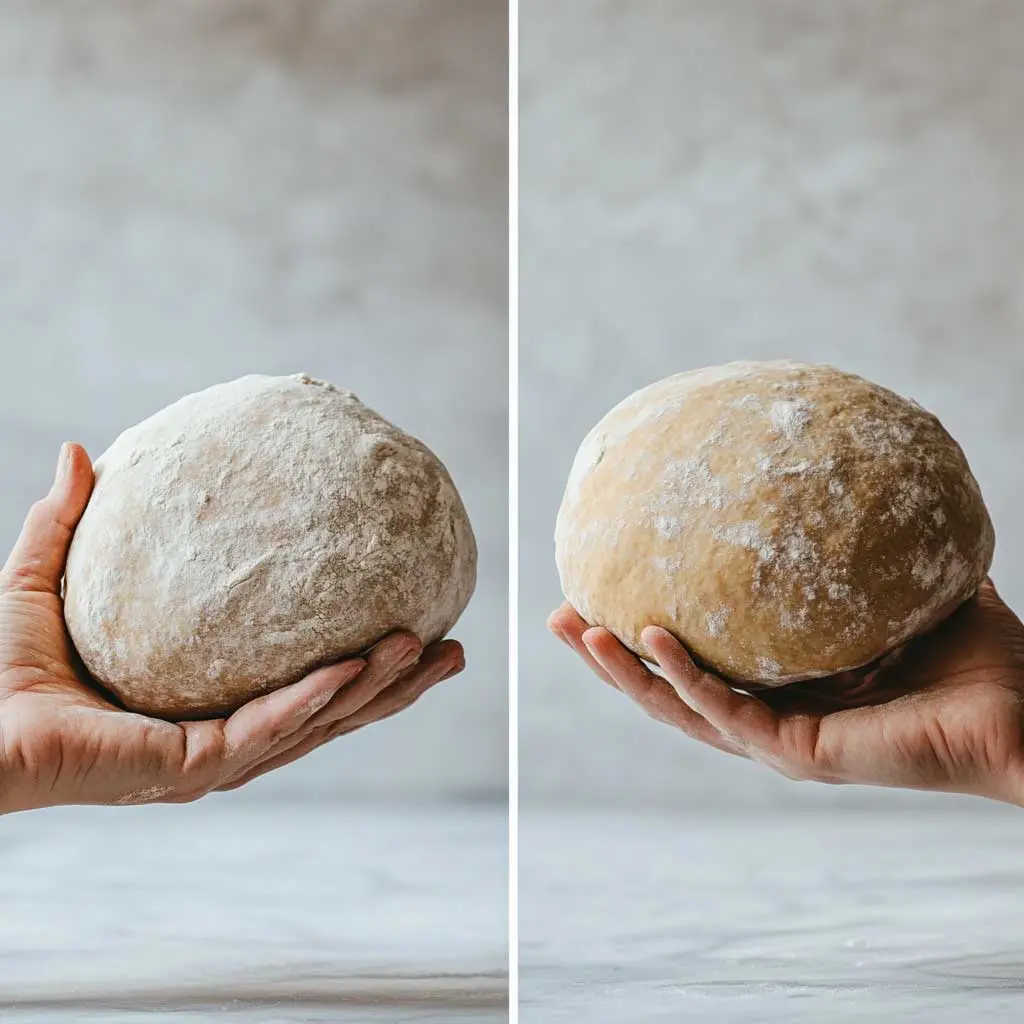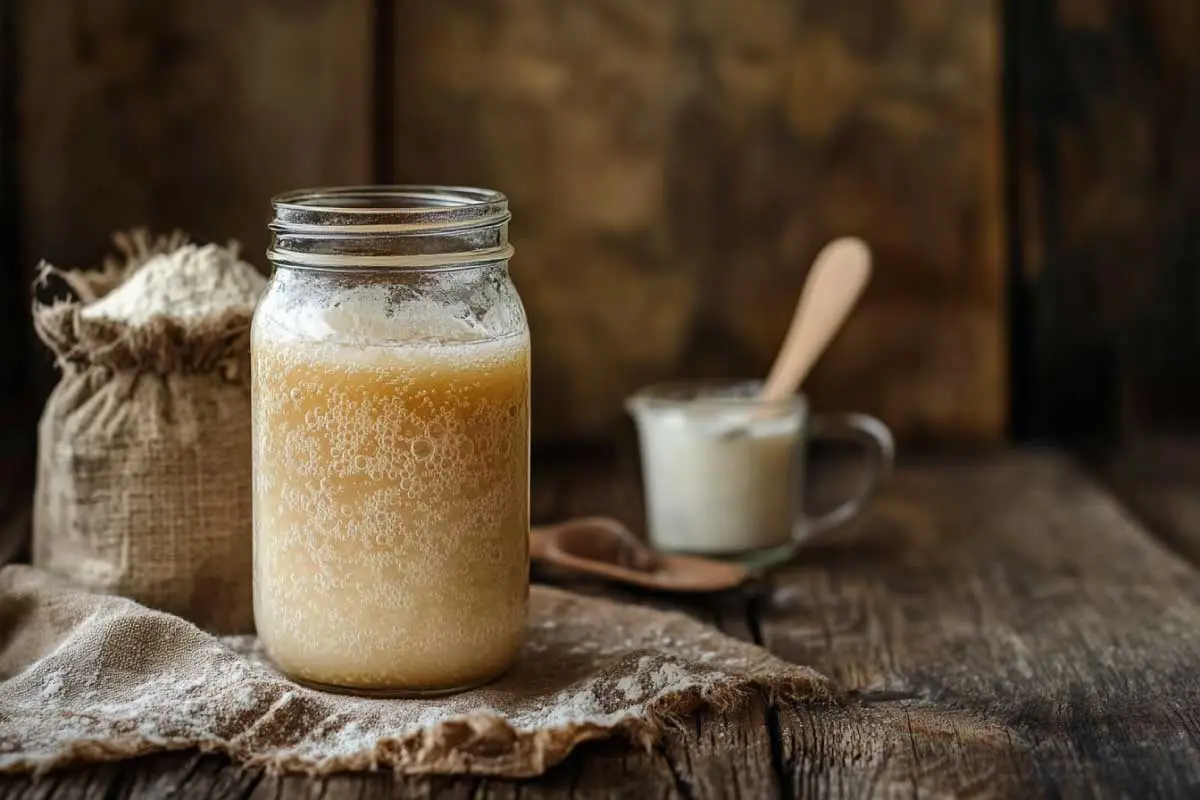
Ah, sourdough starters. Part science experiment, part pet, and part kitchen rockstar. With their tangy aroma and bubbles signaling life, starters can feel deeply satisfying—or like an obnoxious houseguest overstaying their welcome (and demanding constant attention). The thing that puzzles—or frankly annoys—many newbie bakers is the discard situation. Why do you have to discard sourdough starter every time you feed it? Can’t we… you know, skip that step?
Spoiler alert: You don’t have to toss it in the trash, but discarding plays a necessary role in the upkeep of your starter. Let’s break it all down in plain English—no confusing microbiology terms—and get to the bottom of this sticky (and slightly smelly) mystery.
Why Do Bakers Discard Part of Their Sourdough Starter?
The process of maintaining a sourdough starter feels oddly like babysitting… only less cute and way smellier on bad days. If you’re feeding your starter for the first time, here’s the TL;DR: each feeding involves adding fresh flour and water to keep it alive and bubbly. But here’s the catch: if you never remove some of the starter, you’ll end up with a starter that could fill your bathtub in no time.
More Flour, More Problems
Think of it this way: the size of your starter directly impacts how much flour and water you need to feed it. The bigger the starter, the more snacks it demands to stay healthy. If you don’t discard some of it, you’ll quickly end up wasting insane amounts of flour (hello, inflation—we don’t have time for that) just to keep the hungry mass happy.
This is where the concept of “discarding” comes in. By removing a portion of the starter before feeding it, you control its growth and keep the ratios manageable.
Can You Skip Discarding?
Okay, now to the real question: do you absolutely have to discard your sourdough starter every single time you feed it? The answer depends on your goals, how much starter you need, and your tolerance for chaos (just kidding… kinda).
1. If You Bake Often
If you’re an almost-daily baker—or someone who plows through sourdough loaves, biscuits, and pancakes like they’re going out of style—you might not need to discard. Why? Because you’re regularly using significant portions of your starter for recipes anyway. In this case, you’re simply replacing what you used up by feeding it, and waste isn’t an issue.
2. If You’re Scaling Down
Let’s say you don’t need gallons of starter on your hands (seriously, who does?). Instead of tossing out discard, reduce the total amount of starter you maintain. For example, instead of keeping 1 cup of starter, keep ¼ cup and feed it proportionally smaller amounts of flour and water.
By scaling down, you’ll need less flour and water overall, and you can still maintain a happy, healthy batch of sourdough without a massive jar taking over your fridge.
What Happens If You DON’T Discard at All?

Sure, you can avoid discarding starter altogether, but spoiler—it’s not exactly a recipe for success (pun intended). Here’s what happens:
- It Gets Huge and Unmanageable
This one’s obvious: without discarding, even a microscopic sourdough starter will turn into a monster. Within days, you’ll feel like you’re reenacting that scene in a sci-fi movie where the blob takes over.
- It Becomes Weak and Ineffective
Without regular discarding, your starter’s ability to rise and ferment dough may weaken. That’s because feeding proportionally smaller amounts of fresh flour dilutes the yeast and bacteria, which thrive on a balance of food and space.
- The Smell and Taste Go Off
Neglected starter is the ultimate sourdough no-no. It can develop unpleasant flavors and odors that’ll sabotage even your most foolproof recipes. The moral? If you love bread that tastes amazing, don’t skip the discard phase.
What to Do With Sourdough Discard Instead of Tossing It
If throwing sourdough discard in the trash feels wrong (it always does, doesn’t it?), you’ll be relieved to know there are limitless ways to repurpose it. Honestly, “waste” isn’t even in its vocabulary! Since discard is just unfed starter, it’s full of tangy goodness and can act as a surprising all-star ingredient.
Check out these creative ideas for putting your discard to work:
1. Whip Up Some Discard Recipes
The obvious choice is to bake with it—duh! Pancakes, flatbreads, waffles, crackers, and brownies are classic go-to recipes for transforming unwanted discard into drool-worthy snacks. (By the way, if you’re not sure when to bake with your discard, check out When Has Sourdough Discard Gone Bad? (And How to Make the Most of It Before It Does) for tips on spotting the “too far gone” stage.)
2. Freeze It for Later
When the discard pile starts resembling Mount Everest, it’s time to hit pause (literally). Spoon the discard into zip-top bags or small containers, label them with the date, and freeze. Thaw when you need it later for that spontaneous biscuit-making session.
3. Compost It
Not necessarily in the mood to bake? No worries! Sourdough discard is biodegradable, which means it gets along great with compost heaps. Add it to your garden waste, and let it work magic in the soil instead of your fridge.
Sourdough Starter FAQs
Let’s tackle some common questions that come up when trying to navigate this whole sourdough adventure:
Why Does My Sourdough Discard Smell So Strong?
A vinegary, tangy smell is normal—it’s fermentation at work! But if it starts smelling like nail polish remover or paint thinner, the discard is over-fermented or neglected. Check out our guide on When Has Sourdough Discard Gone Bad? (And How to Make the Most of It Before It Does) to know if it’s salvageable.
How Long Does Sourdough Discard Last in the Fridge?
Stored properly in a sealed container, discard stays good for 1–2 weeks in the refrigerator. Beyond that, toss it or use it ASAP.
Can You Use Very Old Discard in Recipes?
Yes, but the flavor might be stronger, and the leavening potential is basically gone. Stick to recipes where it acts more as a flavor enhancer than a rising agent.
Final Thoughts: The Art of Hooking and Feeding

So, do you really have to discard sourdough starter every time you feed it? Technically no—but if you want a strong, versatile, and well-behaved starter, discarding is part of the process. It’s like spring cleaning: you don’t want to do it, but you’re always glad you did.
Rather than seeing discard as waste, think of it as an invitation to experiment. Make some crackers. Freeze it for a rainy day. Heck, turn it into compost gold if that’s more your speed. Now that you’re armed with all the info, you’re basically a sourdough whisperer. So grab that happily bubbling jar and keep baking on.
Got your own sourdough discard tips or recipe ideas? Share them in the comments—we’re all ears (and always hungry). Happy baking!


